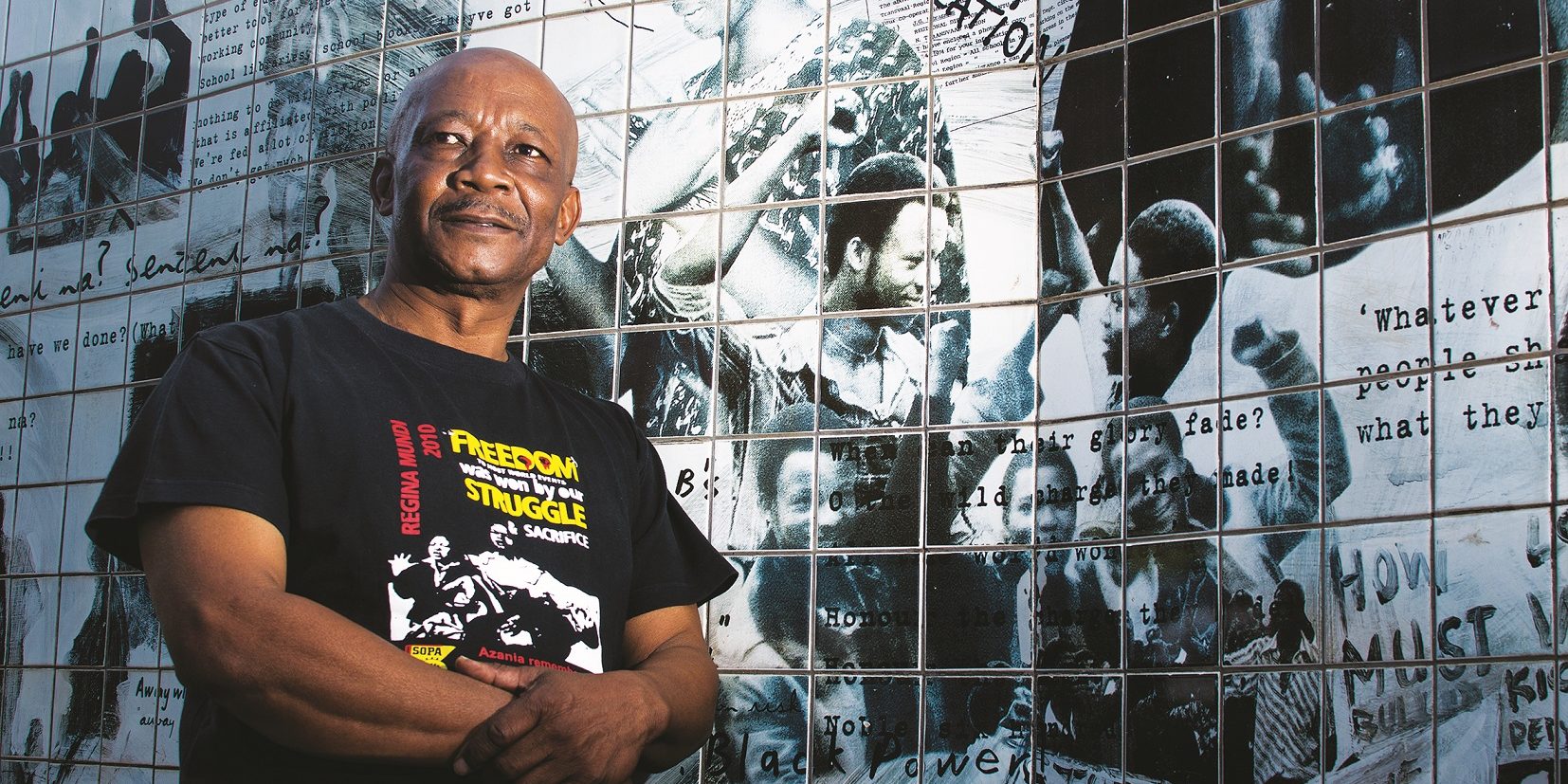It’s not often I find myself driving past the Hector Pieterson Memorial and Museum in Orlando West, in Soweto, an urban township in Johannesburg.
But come June every year, I inevitably steer my car to the site, mentally revisiting the carnage that happened here in 1976; the student protest and the police firing that led to an iconic photograph the world came to associate with South Africa’s brutal apartheid regime.
Two years ago, one of my assignments with FORBES AFRICA was to pursue a story on the ‘Soweto Uprising’. Thankfully, the museum gave me three vital leads to reconstruct the events of June 16, a day etched in blood in South African history.
It was a Tuesday when I met my first contact, Oupa Moloto, who then was a student at the Morris Isaacson High School in Soweto where it all started.
“On the day of the event, the school started a little earlier; the mood was different, the students were excited but the teachers couldn’t pick it up,” recalled Moloto of the first stirrings of the protest against the mandatory use of Afrikaans as a language of instruction in black secondary schools.
After the interview, I visited the school and walking around, could sense around me the nervous excitement of the students like it was 42 years ago. I could hear their voices, singing and chanting as we stood where the last assembly was held, before the shots were fired at them.
I photographed Moloto at their then assembly point and his face was a picture of sorrow. The school has been renovated since but in the older building, are still some vestiges of that time – broken windows and furniture.
A few weeks later, I met with Barney Mokgatle at his home in Alexandra, another township. He was one of the students who went into exile after the tragic march.
“The police were hunting for us, we could not sleep in one place for two nights because there were people selling us out,” said Mokgatle.
Mokgatle was the right hand man to Tsietsi Mashinini who led the march and later died in exile.
He talked me through every detail; he also said Pieterson was not the first student shot at the march.
Perhaps more intriguing was his recounting of their escape and journey to Botswana through the bushes without fear of the wilderness, with their other friend Selby Semela.
He started singing, the masculine man had a voice of the angels; it was remarkable. As soon as the humming started, I almost shed a tear, I could feel their struggle and strength as they dodged bullets and teargas in the Soweto streets wearing blazers and ties, some running with missing shoes.
But at that moment, they were crossing serene bushes unaware of the hungry beasts around them lurking in the dark all the way to the borders of Botswana.
A few days later, we met again for a shoot where a statue of his friend Mashinini was erected not far from the Morris Isaacson school. He didn’t come to Soweto often but when he saw the statue, he paused, staring at it. He finally turned and we continued walking to a wall where he showed me a collage of his two friends and himself.
The story wouldn’t be complete without speaking to the ‘girl’ in the iconic photograph of Pieterson taken by Sam Nzima. Antoinette Pieterson, the older sister, who is 58 today.
“I saw Mbuyisa [Makhubu, the boy carrying Pieterson in the famous photograph] coming from nowhere; I didn’t know him at the time. He was running towards me, he passed me. I saw he was carrying a person and I could recognize Pieterson’s shoe, I ran with him,” she recounted.
Today, as I walk the streets of Orlando, I think of the privilege I enjoyed of choosing between either isiZulu or Afrikaans as a second language in school.
Thanks to the class of 1976, we had the freedom.
